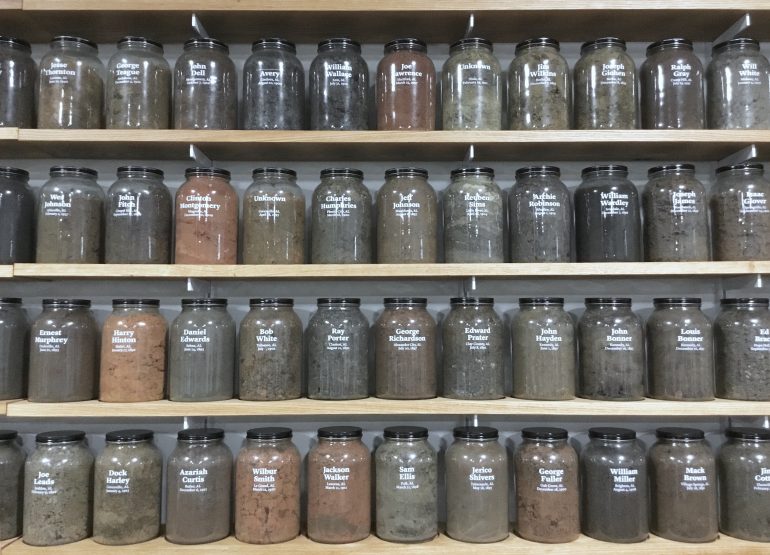I want to talk about slavery and lynching. Genocide and colonialism. But first, what the research says:
When the resilient face an obstacle, when they confront an adversity, when they fall, they increase their resilience through what they think, how they act, and how they relate to that obstacle. They do not kick it to the side—the job loss, the cranky boss, the betrayal, the abuse. They do not charge past like a race horse wearing blinders, holding their breath so as not to inhale the stench of rot.
The resilient stop. At some point, they stop. Perhaps when they are safe and their bodies can be cradled by honorable caretakers, perhaps they stop when the adrenaline subsides and they can think, perhaps when others stop and together they can look back.
What happens when they stop?
The healing begins.
They wail and throw themselves on the earth. They ask, “Why? Why me? Why us?” The resilient allow the whirlwinds of grief and fury to surge and swirl and then to pass.
The storm will not pass if you do not let yourself feel it. See it. Hear it. I understand: you are afraid that you cannot withstand this part of the journey. You want the resilience; you don’t want to look at the pain. You wonder if you will fall apart. If irrevocable damage will be done by looking at the hurt.
The cost of charging forward, of burying the past, is that we can’t out run the smell of strange fruit. This is our history. It is time we content with our past.
We must all look back, regardless of where our ancestors were, we must all look back. The pain of the past lives on in our collective bodies, our socio-political DNA, our minds, and our hearts. For the healing to begin, we must look back. This is the path of resilience.
Others have done this—truth and reconciliation. They’ve looked together. They’ve wept together. They’ve healed together.
Acknowledge the fear and acknowledge the yearning. Without reconciling with our history we are incomplete, inauthentic, weak. We must look back, together. It is the only path to true social, collective, national resilience.
With gratitude to the leaders of this journey.

